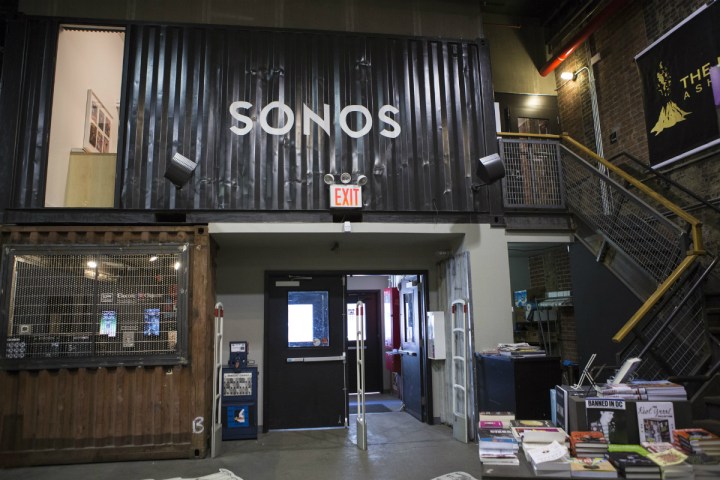
While this may come as a surprise to some, it was known to the company’s employees for some time. MacFarlane has planned to step out of the role earlier on, mainly for personal reasons, but sudden fierce and unexpected competition from Amazon’s Echo speaker gave him reason to stay on longer than he had originally planned. Though he is now handing the role over to Spence, that doesn’t mean he will leave the company entirely.
“Moving forward, I will remain as a Sonos employee, with a mission to help and advise. In addition to mentoring Sonos leaders, I will be focusing on two areas that I am most passionate about,” MacFarlane wrote in a post on the Sonos blog. “First, I’ll help to center and potentially expand Sonos’ commitment to STEM education. Second, I’ll continue to work within the music and tech industries to help create a start-up friendly ecosystem.”
In the post, MacFarlane praised Spence’s leadership skills, and also his understanding of Sonos’ company culture and values. Spence has served at the company’s president since July 2016, and was the company’s chief commercial officer for four years prior to that. Before joining Sonos, Spence held positions at Research In Motion and IBM Canada.
In March of 2016, Sonos announced significant layoffs, as well as a new focus on voice recognition, the feature that gave Amazon’s Echo so much of an edge on the company’s offerings. “The pivot that Sonos started at this time last year to best address these changes is complete. For us, it’s now about accelerating and leading,” MacFarlane wrote. “I can look ahead and see the role of Sonos, with the right experiences, partners, and focus, with a healthy future.”
In addition to leaving his post as CES, MacFarlane will also give up his seat on Sonos’ board of directors, telling the New York Times that he didn’t want to be “that founder who’s always second-guessing.”


